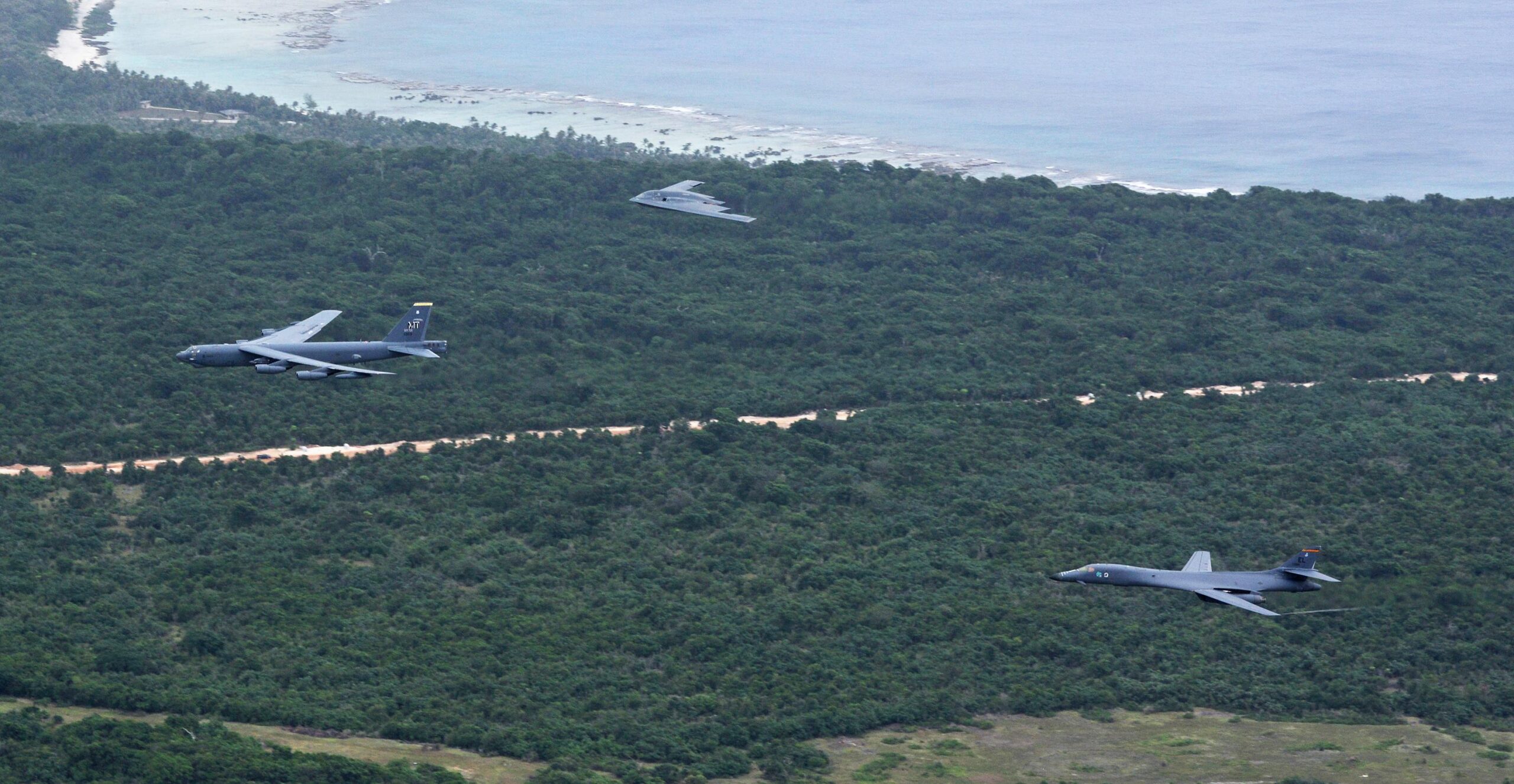According to the U.S. Department of Defense contract announcements, The Boeing Co., Oklahoma City, Oklahoma, has been awarded a $400,000,000 modification to previously awarded contract for B-1B Lancer and B-52H Stratofortress strategic bomber aircraft engineering services. This modification is for recurring and non-recurring engineering services to B-1 and B-52 aircraft. Work will be performed at Tinker Air Force Base, Oklahoma; Edwards AFB, California; Barksdale AFB, Louisiana; and Oklahoma City, Oklahoma, and is expected to be completed by Dec. 31, 2020. The total cumulative value of the contract is $800,000,000. Fiscal 2020 operation and maintenance funds in the amount of $36,030,215 are being obligated at the time of award. The U.S. Air Force Life Cycle Management, Tinker AFB, Oklahoma, is the contracting activity.

The Rockwell B-1 Lancer is a supersonic variable-sweep wing, heavy bomber used by the United States Air Force. It is commonly called the “Bone” (from “B-One”). It is one of three strategic bombers in the U.S. Air Force fleet as of 2020, the other two being the B-2 Spirit and the B-52 Stratofortress. The B-1A by having a lower top speed at high altitude of Mach 1.25, but improved low-altitude performance of Mach 0.96. The electronics were also extensively improved during the redesign, and the airframe was improved to allow takeoff with the maximum possible fuel and weapons load. The B-1B began deliveries in 1986 and formally entered service with Strategic Air Command (SAC) as a nuclear bomber in that same year. By 1988, all 100 aircraft had been delivered.

The Boeing B-52 Stratofortress is an American long-range, subsonic, jet-powered strategic bomber. The B-52 was designed and built by Boeing, which has continued to provide support and upgrades. It has been operated by the United States Air Force (USAF) since the 1950s. The bomber is capable of carrying up to 70,000 pounds (32,000 kg) of weapons, and has a typical combat range of more than 8,800 miles (14,080 km) without aerial refueling. The B-52 has been in service with the USAF since 1955. As of 2020, 58 are in service, 18 in reserve, and about 12 in long-term storage. The B-52 completed sixty years of continuous service with its original operator in 2015. After being upgraded between 2013 and 2015, the last airplanes are expected to serve into the 2050s.













